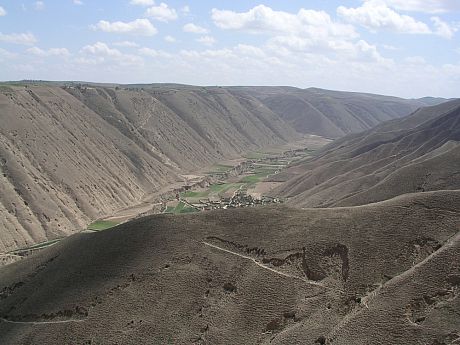The East Asian Summer monsoon during the the last deglaciation
The East Asian summer monsoon (EASM) is the greatest of all the world’s monsoon systems and supports the livelihoods of many hundreds of millions of people across Asia. To understand how it might behave in the future it is helpful to examine what happened in the past. Our research has focussed on the EASM during the last ice age, specifically the ‘Mystery Interval’ (MI) between ~17,500 and 14,500 years ago, when evidence suggests a number of sometimes mutually contradictory characteristics across the globe. During the MI the North Atlantic cooled but mountain glaciers in the European Alps retreated, and some lake systems expanded whilst others contracted. Reconstructing the behaviour of the great EASM during the MI can help piece together this complex jigsaw. Using high-resolution speleothem records (the oxygen isotope ratio derived from annually layered stalagmites found in the Qingtian and Hulu Caves in China), we have reconstructed uniquely high temporal resolution records of the EASM during the MI. Our results indicate that the maximum southward displacement of the Intertropical Convergence Zone (and weakening of the EASM) and associated southward shift of polar jet stream may generate this two-phase feature of the MI during that time. We also discover a linear relationship among decreasing EASM intensity, rising atmospheric CO2 and weakening Atlantic Meridional Overturning Circulation between the MI and Younger Dryas episodes, suggesting a strong coupling of atmospheric/oceanic circulations in response to the millennial-scale forcing, which in turn regulates global climate changes and carbon cycles.
 Above is a picture from the Chinese Loess Plateau, where our scientific data (Lu et al., 2013) has came from. This picture was also selected as the journal cover page for the American Geological Society.
Above is a picture from the Chinese Loess Plateau, where our scientific data (Lu et al., 2013) has came from. This picture was also selected as the journal cover page for the American Geological Society.
Find out more...
- The water cycle
- Yi Wang
- Read more about our findings at ScienceDirect and The Geological Society of America


